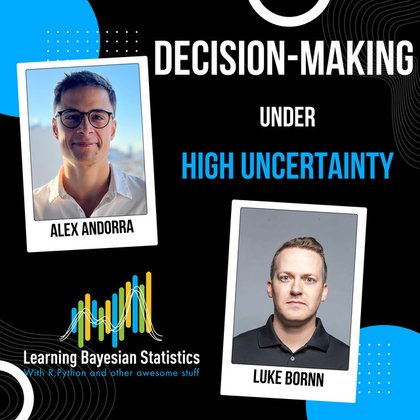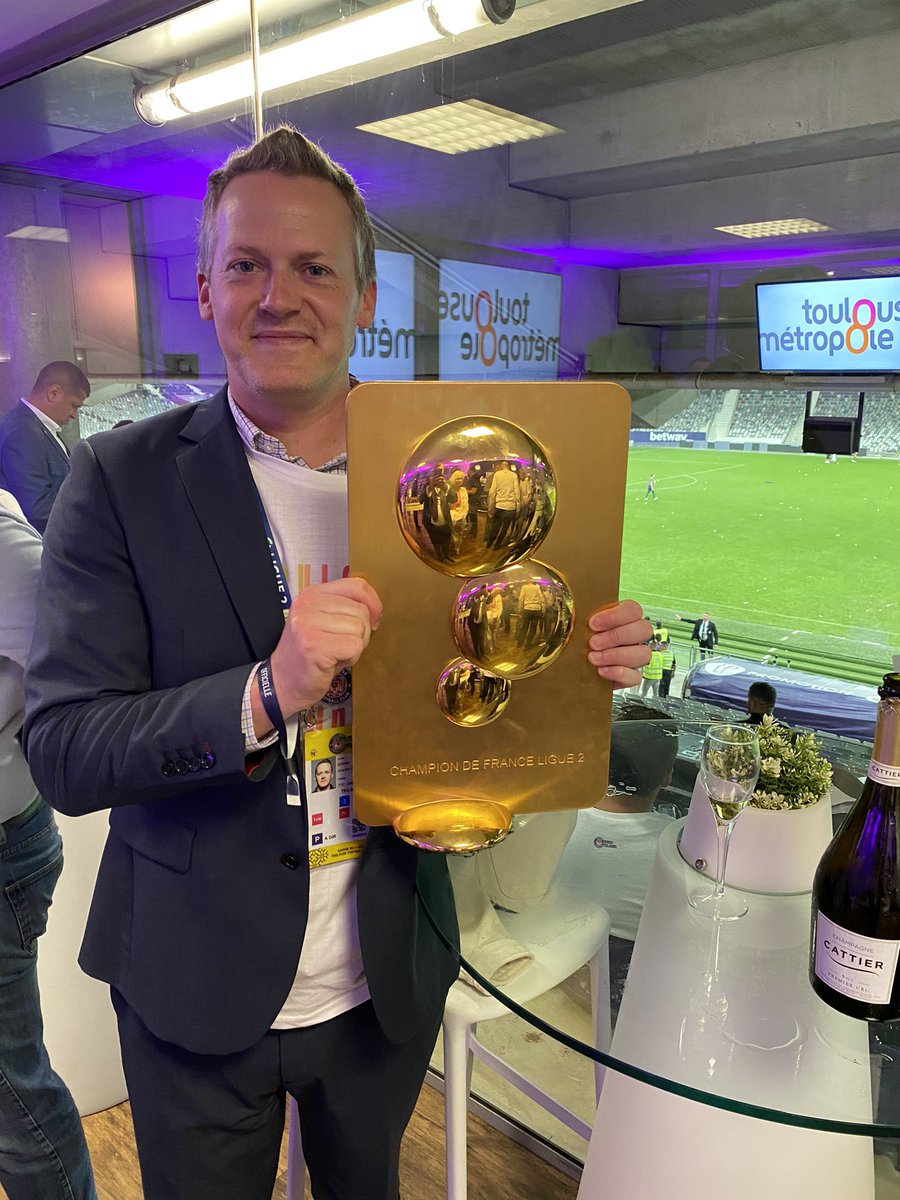
Luke Bornn
@LukeBornn
Followers
10K
Following
2
Media
10
Statuses
47
Co-Founder and Chief Scientist, @ZelusAnalytics. Formerly @SacramentoKings, @SFU, @ASRomaEN, @Harvard
California
Joined September 2011
RT @ground_guru: 🎧 Episode #69 of TGG Pod is with @LukeBornn . 📊 Analytics pioneer.🏀⚽️Head of Data with @SacramentoKings & @ASRomaEN .🏆 Key….
0
6
0
A direct link for non-Spotify folks.
learnbayesstats.com
Laplace to be for new & veteran Bayesians alike!
0
1
5
I rarely speak publicly on technical topics these days, so I really enjoyed recording an episode on Alex Andorra's Bayes podcast recently. For those with a more technical bent in the stats/analytics community, hopefully there are some useful nuggets here.
open.spotify.com
Learning Bayesian Statistics · Episode
1
4
40
People usually point to collection bias (events never "exactly on the line") and rounding, but there's more. Tagging locations on a 105x68 pitch is really hard: 2-4m errors are normal. But lines provide a reference point, so tagged locations become much more accurate around them.
I was looking at the Premier League event data and noticed that lines are almost visible to naked eye. I think I have seen someone mentioning this before, but it should be a data entry issue, right? No reason for players to avoid lines. Can't find the reference for it.
2
8
108
Decided in the fall that this will be my last year authoring papers at Sloan. As such, this thread is a great (and complete) resource for the 18 papers we’ve authored there since 2014. SSAC has been really good to me and my students — v thankful for doors opened and friends made!.
My lab has had 11 Sloan papers over the last 5 years:. '14: EPV.'15: Counterpoints, Move or Die.'16: Pressing Game, Court Realty.'17: Possession Sketches, Scorekeeper Bias.'18: Open Spaces, NFL Injury, NBA Replay, Deep Learning Trajectories. here's a summary thread of them all:.
6
18
194
2019g: Highlight/Lowlight (w/ @Ev_Keane, @phildesaulniers, Mehrsan Javan). We automatically construct highlight and lowlight reels through explainable temporal game models, incorporating levers for producers to fine-tune for multiple purposes.
1
3
9
2019f: Chuckers (w/ @nsandholtz, @jwmortensen). We introduce the idea of spatial allocative efficiency in basketball lineups using spatial hierarchical rank models, allowing us to understand how lineups lose efficiency through who shoots where.
1
3
9
2019e: Fast Not Loose (w/ @yuorme, @Chris_LogiQ, Mehrsan Javan). We take a comprehensive look at pace in hockey from a spatio-temporal perspective, and subsequently study how it correlates with other events of interest.
1
3
16
2019d: Markov-Poisson (w/ @jwmortensen). We develop a flexible nonparametric model for player movement based on conditional Poisson processes, allowing us to capture complex dynamics while incorporating player and team hierarchies.
1
1
8
2019c: Winning Isn't Everything (w/ @SLiQ_Nick94, @yuorme, @Chris_LogiQ, Mehrsan Javan). We look beyond just face-off win% in hockey to understand all the mechanisms by which face-off takers add value (clean wins, directionality, handedness, etc.).
1
3
12
2019b: ACWR-Injury (w/ @OSPpatrick, @DarcyNorman). Using data in soccer and football, we illustrate that training schedule confounds the relationship between ACWR and injury, calling into question much of the previous literature on the subject.
1
4
12
2019a: Soccer EPV (w/ @JaviOnData, @dcervone0). We can measure at every instance the expected value of the current possession by embedding deep learning (to capture 22-player spatio-temporal dynamics) within Markov models (for explainability).
1
6
36
I'm going to tack the papers from this year (Soccer EPV, ACWR-Injury, Winning Isn't Everything, Markov-Poisson, Fast Not Loose, Chuckers, Highlight/Lowlight) on to this thread. Again, credit belongs to my various colleagues. Lastly, adding @Sportlogiq to the list of supporters.
1
2
11











